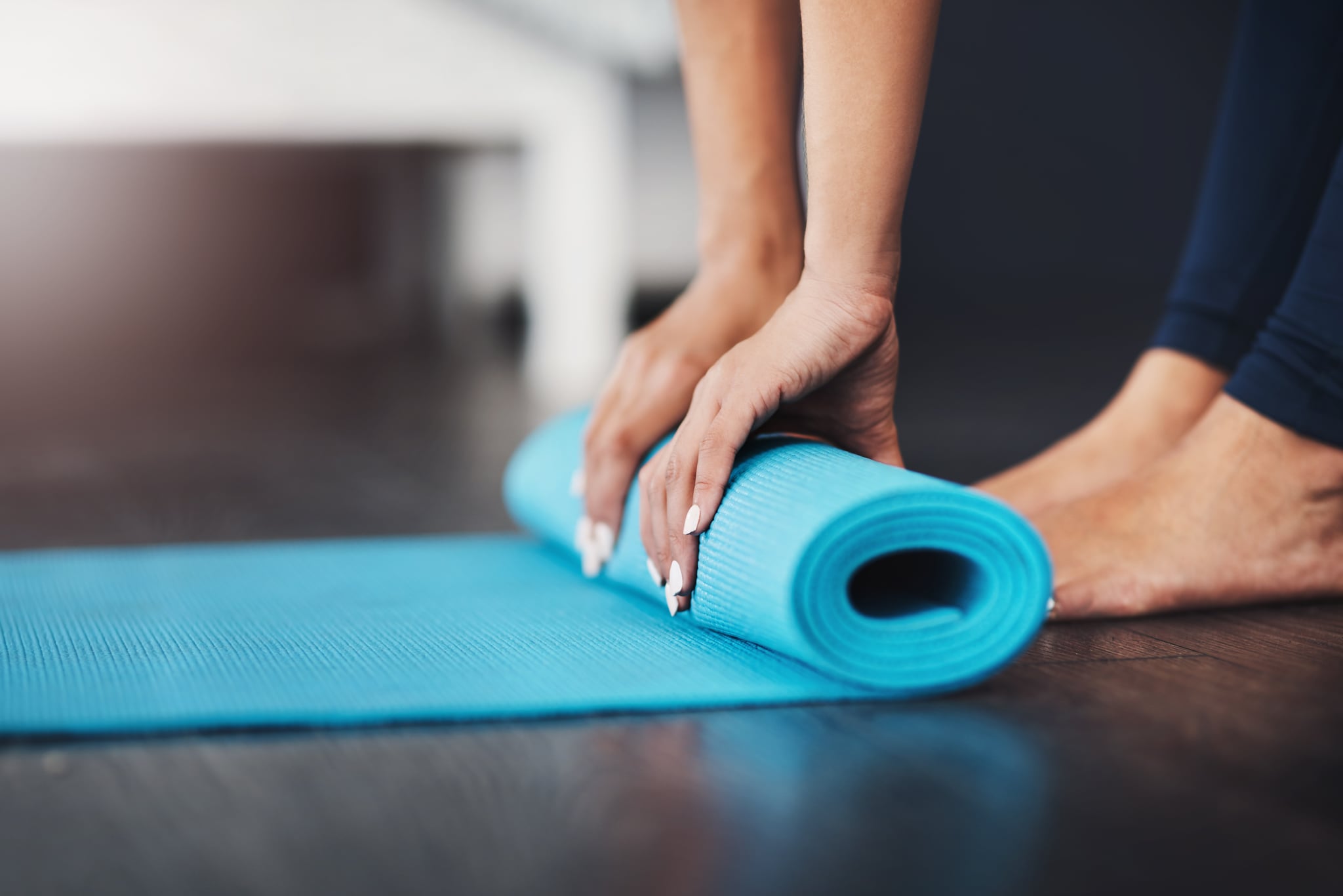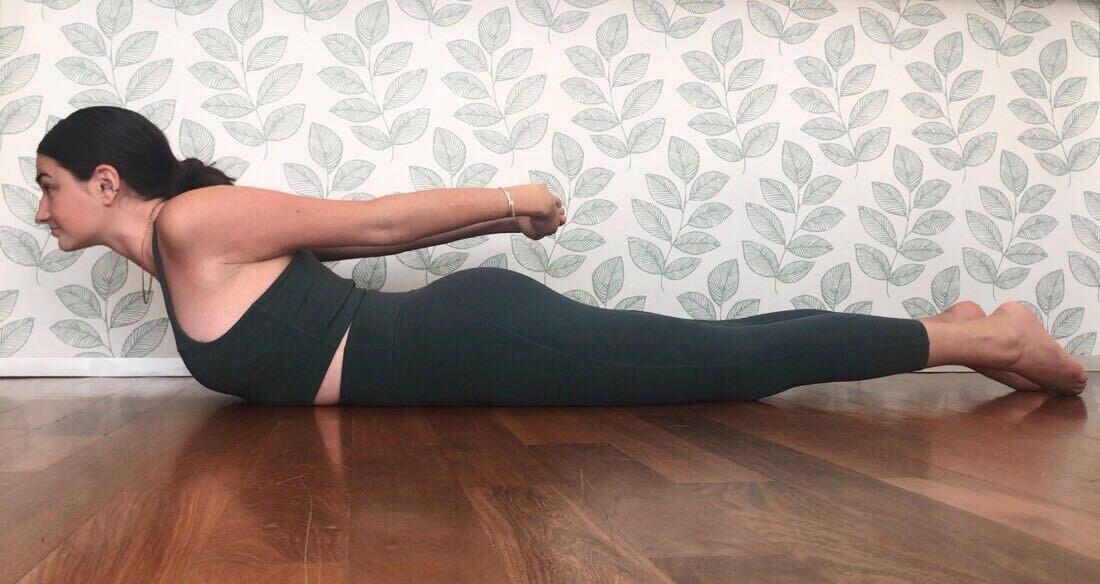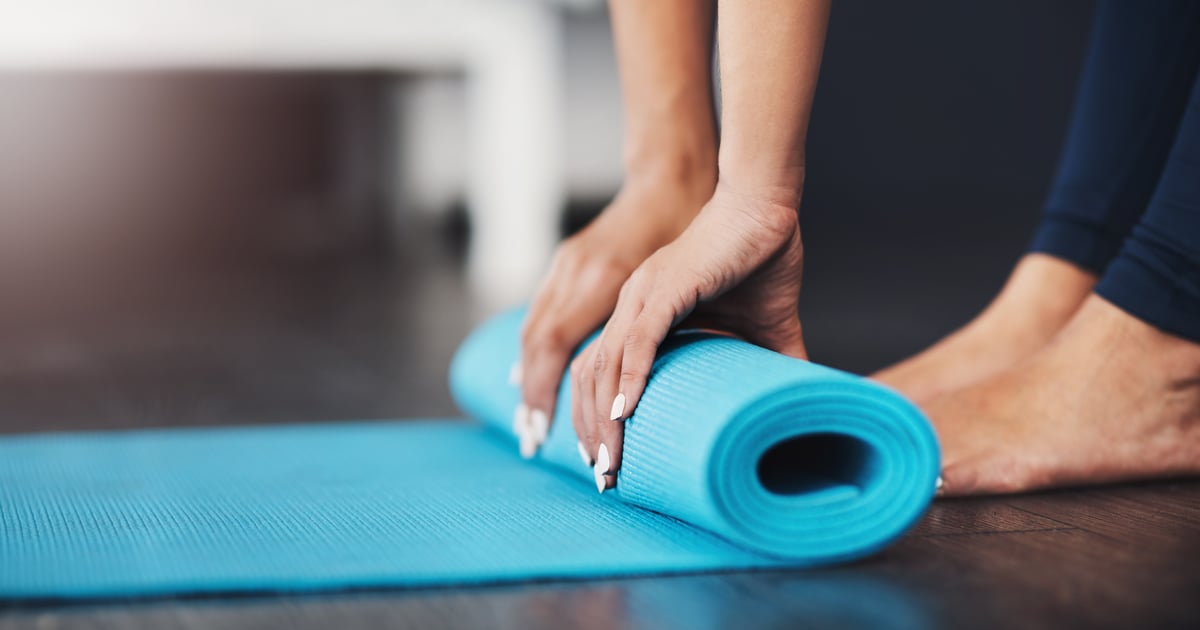
Image Source: Getty / PeopleImages
I always warm up for my morning yoga flows with Snake Pose. There is no rhyme or reason why it’s the first move I gravitate to every day, other than it just feels right — and experts confirm I was right to listen to my body.
You may have heard of Snake Pose (known as Sarpasana in Sanskrit) before, but know that the move is often confused with the very popular Cobra Pose (aka Bhujangasana in Sanskrit). Although the poses are different, certified yoga instructor David Richards explains that in modern yoga practices, Snake Pose is considered an advanced variation of Cobra Pose. (You can find instructions on how to do Cobra Pose here.)
Both Cobra and Snake Pose can strengthen your shoulders, abdominals, chest, spine, and back, decrease stiffness in your lower back, and increase flexibility throughout the upper body, Ashley Galvin, a certified yoga instructor and Alo Moves trainer, told POPSUGAR.
The two poses help reduce stress and fatigue, Richards added — which happen to be my favorite takeaways.
Back to Snake Pose, though. From flows that open your hips to arm-balancing routines, Richards shared that the pose’s versatility is great for awakening the body and allowing you to move deeper into any practice. That’s why he recommends adding it to the beginning of a session, which also explains my morning-routine tendencies.
You can take after Galvin, who loves incorporating Snake Pose (or Cobra Pose if you’re looking for an easier modification!) in a Vinyasa flow-style class: “[From] Downward Dog Pose, you would step back to Plank, lower through Chaturanga, and then create your backbends with Snake or Cobra Pose before pushing up and back to Downward Dog.”
Like all good things, Snake Pose has to be done correctly to be effective. So, as you follow Richards’s instructions for doing the move below, keep a few things in mind.
You’re not fully engaging in Snake Pose if you aren’t pressing your feet and thighs into the floor, Richards says.
“Focus on the contradiction within the pose; the chest and heart are pressing forward with the hands reaching [back] toward the feet. If the spine isn’t loose enough, having the feet close together can create discomfort in the lower spine.”
With that said, Richards noted it’s best to avoid Snake Pose if you’re recovering from a back injury.
Galvin said to skip the move if you’re pregnant, are prone to neck injuries, or have lower-back pain.
“Prematurely engaging in this pose may aggravate an existing injury,” Richards explains. “Listen to your body.”
How to Do Snake Pose

Image Source: POPSUGAR Photography / Lauren Pardee
- Lie on your stomach; both the tops of your feet and your forehead should be resting on the mat. Your feet should be hip-distance apart.
- Interlace your fingers together behind your back. If clasping the hands together causes discomfort, you can rest the hands on the backs of the thighs.
- On an exhale, press your feet and heels together, and engage your quadriceps. Press the tops of your feet into the mat. If bringing the feet together creates too much tension in the lower spine, keep the feet hip-width apart.
- With a deep inhale, lift your head, chest, shoulders, and abdomen off the mat.
- Take your awareness to your back, contracting the muscles as you reach your knuckles down toward your feet. At the same time, open the chest by pushing your breastbone forward.
- Lower your shoulders away from your ears.
- Hold for several breaths, or as long as comfortable.
- Gently release back down, one vertebra at a time.
Click here for more health and wellness stories, tips, and news.
